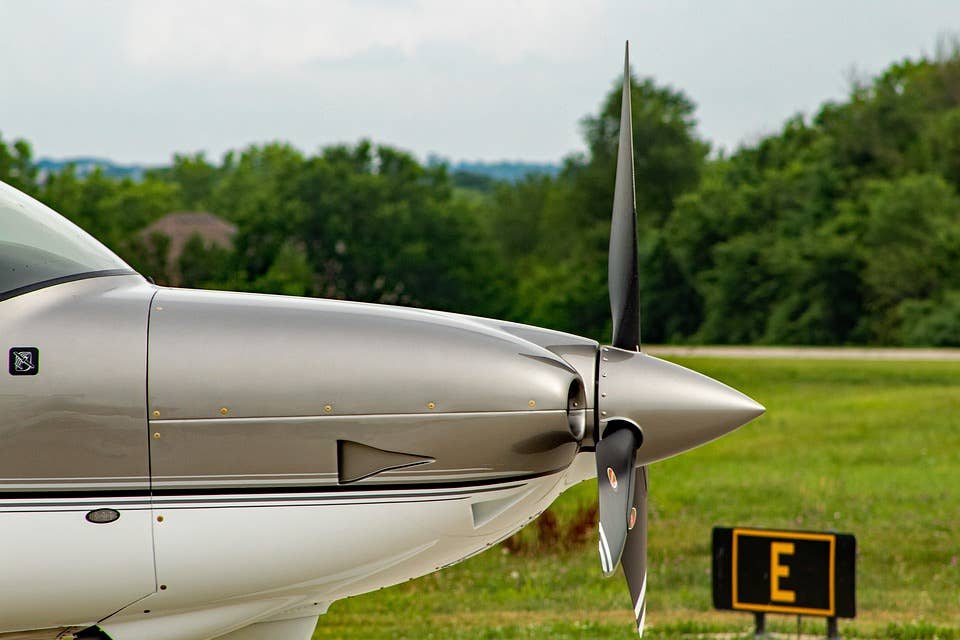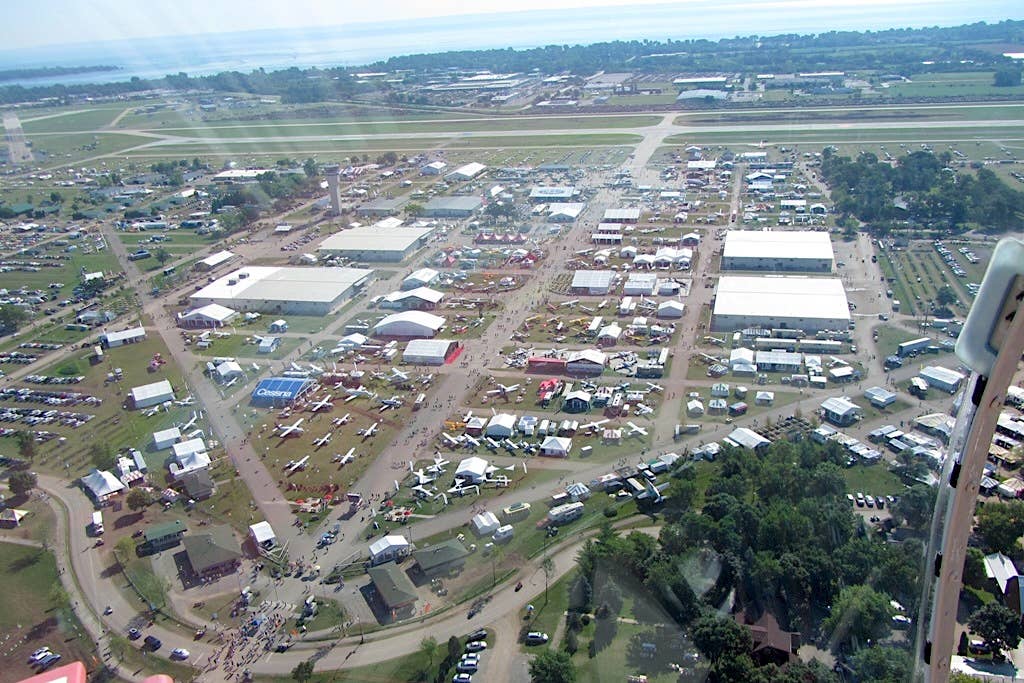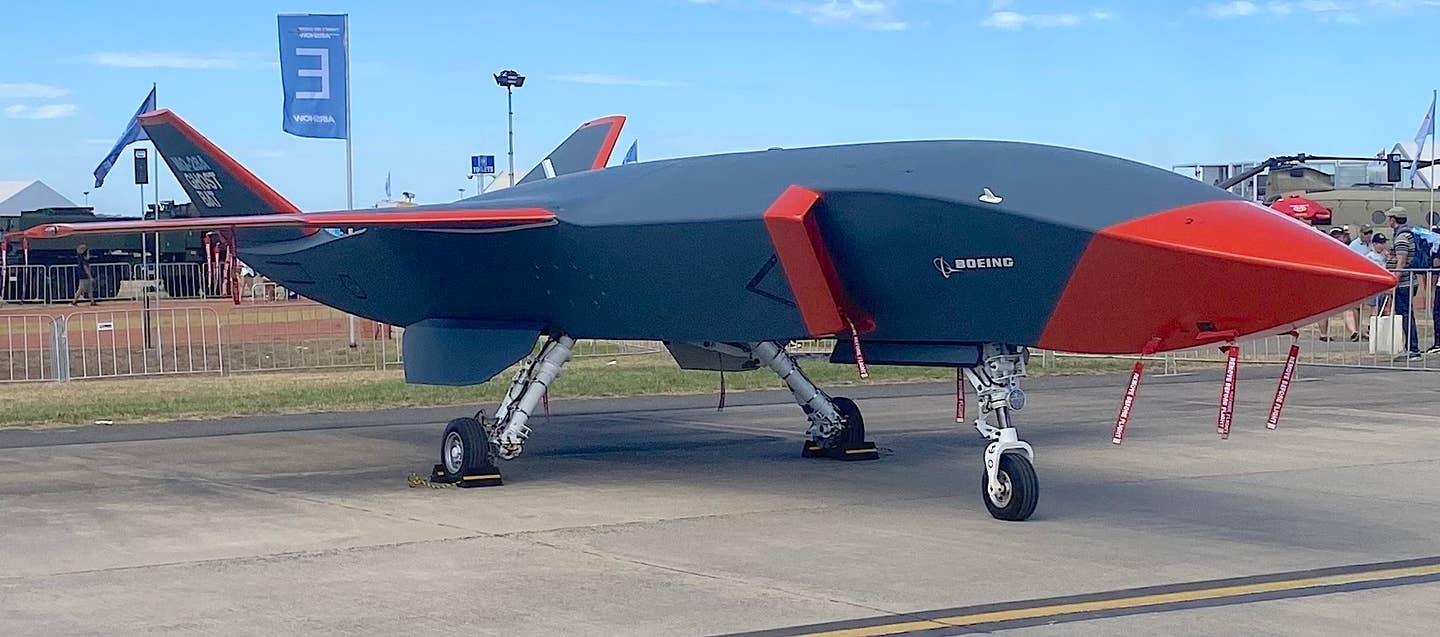Q3 2022 GA Aircraft Shipments Up Across All Segments
General aviation aircraft shipments rose across all segments through the third quarter (Q3) of 2022, according to the General Aviation Manufacturers Association (GAMA). In its quarterly General Aviation Aircraft Shipment…

General aviation aircraft shipments rose across all segments through the third quarter (Q3) of 2022, according to the General Aviation Manufacturers Association (GAMA). In its quarterly General Aviation Aircraft Shipment and Billing Report (PDF), GAMA stated that total airplane shipments through Q3 2022 rose 6.7 percent and total rotorcraft shipments increased 6.3 percent compared to the same period last year. Total airplane billings rose 4.8 percent to $14.1 billion and total helicopter billings went up 5.3 percent to $2.6 billion.
“Demand for general aviation aircraft remains hardy as our industry continues to strategically navigate ongoing challenges, which include issues with supply chain and workforce shortages within our industry and within global regulatory authorities,” said GAMA President and CEO Pete Bunce. “Deliveries are converging on, and in some cases surpassing, the levels we were experiencing prior to the pandemic, which is a testament to the strength of our industry and the importance and utility of general and business aviation.”
The piston airplane segment saw the largest overall increase at 8.8 percent with 1,012 aircraft delivered through Q3 2022 compared to 930 over the same time period in 2021. Turboprop shipments were up 7.3 percent to 383 units while business jet deliveries rose 1.8 percent to 446. Rotorcraft shipments for the quarter saw similar numbers with turbine helicopters up 7.1 percent and piston helicopters up 3.8 percent.






